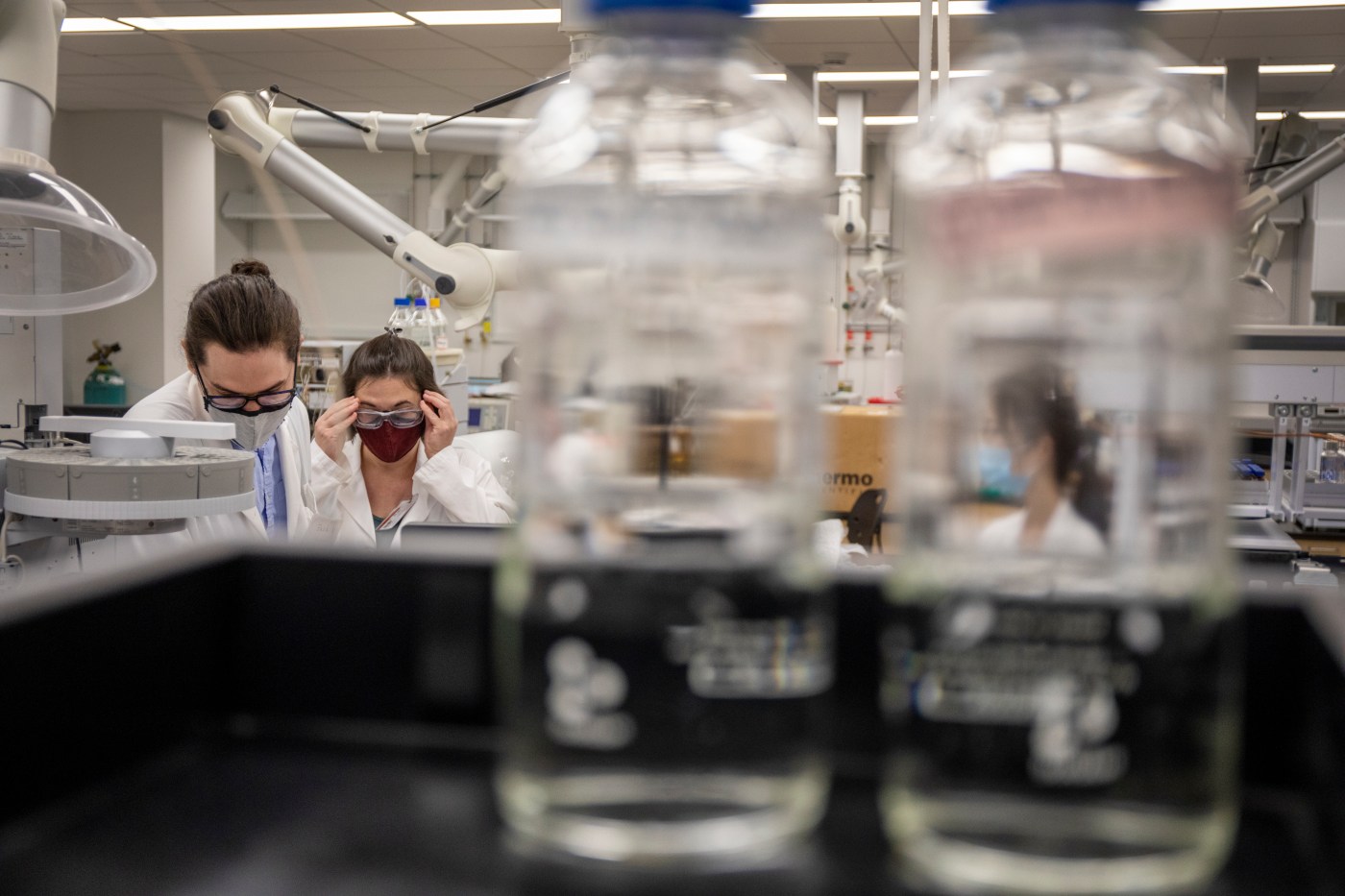
Hastings well tied to 3M ‘forever chemical’ pollution qualifies for settlement cleanup money
The city of Hastings will qualify for 3M settlement money for east metro cities to clean up “forever chemicals” after investigators found a direct tie between a city well and pollution from across the Mississippi River.
Five of the city’s municipal wells are contaminated with PFAS — per- and polyfluoroalkyl substances — at levels that exceed new limits from the U.S. Environmental Protection Agency. But until now state officials weren’t certain it was tied to manufacturing by 3M.
Hastings is on the opposite side of the Mississippi from the east metro communities impacted by PFAS disposal at four different sites, which made drawing a direct tie more challenging. So while nearby Newport and Cottage Gove were part of the $720 million settlement 3M reached with the state in 2018, Hastings was left out despite having PFAS water pollution as well.
A new review disclosed Monday by the Minnesota Pollution Control Agency found a definitive connection between a 3M site in Cottage Grove and one city well in Hastings, meaning the city can get money to treat water at that well.
PFAS contamination
Officials found chemicals unique to the Cottage Grove disposal site seeped into the Mississippi and traveled through a fault on the west side of the river to reach a city well, according to MPCA Assistant Commissioner Kirk Koudelka. Investigators compared river water to groundwater to demonstrate a tie.
Minnesota environmental officials and 3M are still investigating ties between PFAS pollution in Hastings and 3M’s manufacturing activity, and it’ll take time to determine whether there’s a direct connection to pollution in the city’s other wells.
“This is a process that can take years, especially when it’s a very complex situation,” Koudelka said. “Through that work, we’re able to find a couple pieces of evidence to tie back the PFAS contamination.”
Settlement money won’t help fix all the pollution, but it could take some pressure off the city and residents. Hastings has considered increasing water rates to help cover the cost of new treatment plants and then seek reimbursement in the future, according to public works director and city engineer Ryan Stempski.
“It’s a good start, and it gives our ratepayers some temporary relief, and it’s starting down the right path of having the polluter pay,” Stempski said.
Federal guidelines
Hastings is among 22 water systems across Minnesota whose PFAS levels exceed new EPA guidance issued in April. Ten of the systems were in the Twin Cities area — mostly in the eastern metro, where 3M manufactured the substances. More than 300,000 people across the state have unsafe levels of PFAS under new EPA standards, according to state health officials.
PFAS, a group of thousands of chemicals found in products like nonstick cookware and firefighting foam, are of concern to environmental regulators because they have been linked to health problems like cancer and reproductive issues.
They’re called “forever chemicals” because they persist in the environment and the tissues of living things and take a long time to break down. New EPA standards require water to have no more than 4 parts per trillion of the chemicals.
Federal regulators are giving cities until 2029 to comply with new limits on PFAS, and cities across Minnesota including Hastings are building new water treatment infrastructure to meet the standards.
New water treatment plants
Hastings plans to build three new water treatment plans, something expected to cost close to $69 million, Hastings officials told the Pioneer Press earlier this year. The city is hoping to get about $14.5 million for treatment at city Well No. 5, the one that qualified for settlement money, according to Stempski.
Stempski said he expects the city to have a plan for the Well No. 5 treatment facility ready by this time next year so it can start taking bids for the project. But more plants will be needed, as city water is a mixture from all wells, Stempski said.
For now, the others will have to be paid for by the public, whether it’s through utility rate hikes or funding through a state bonding bill — something the Legislature failed to pass during this year’s session.
More information on Hastings’ eligibility will be available at a settlement workgroup meeting in late November, the MPCA said.


